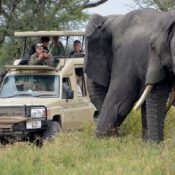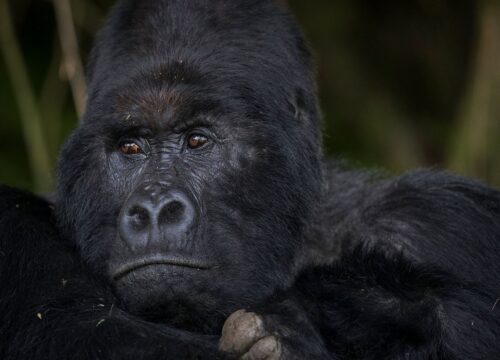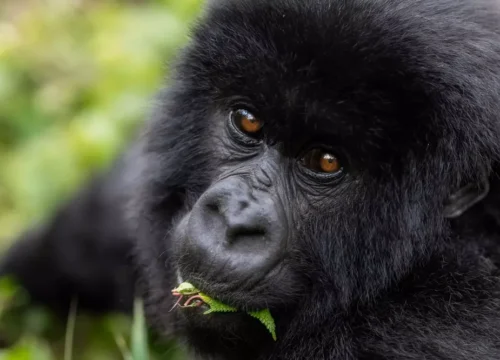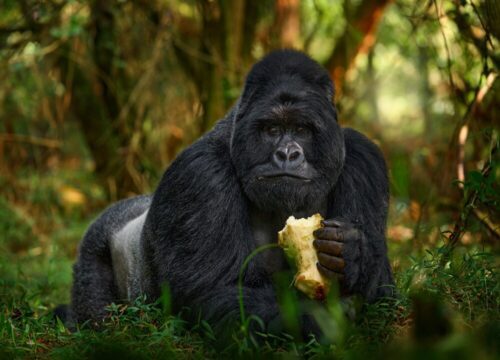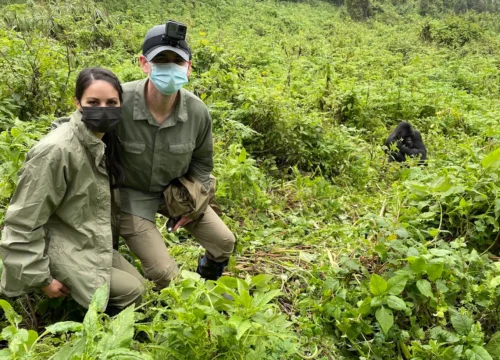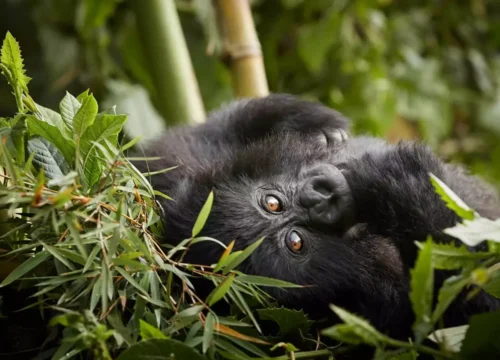Kigali City – Rwanda’s Capital
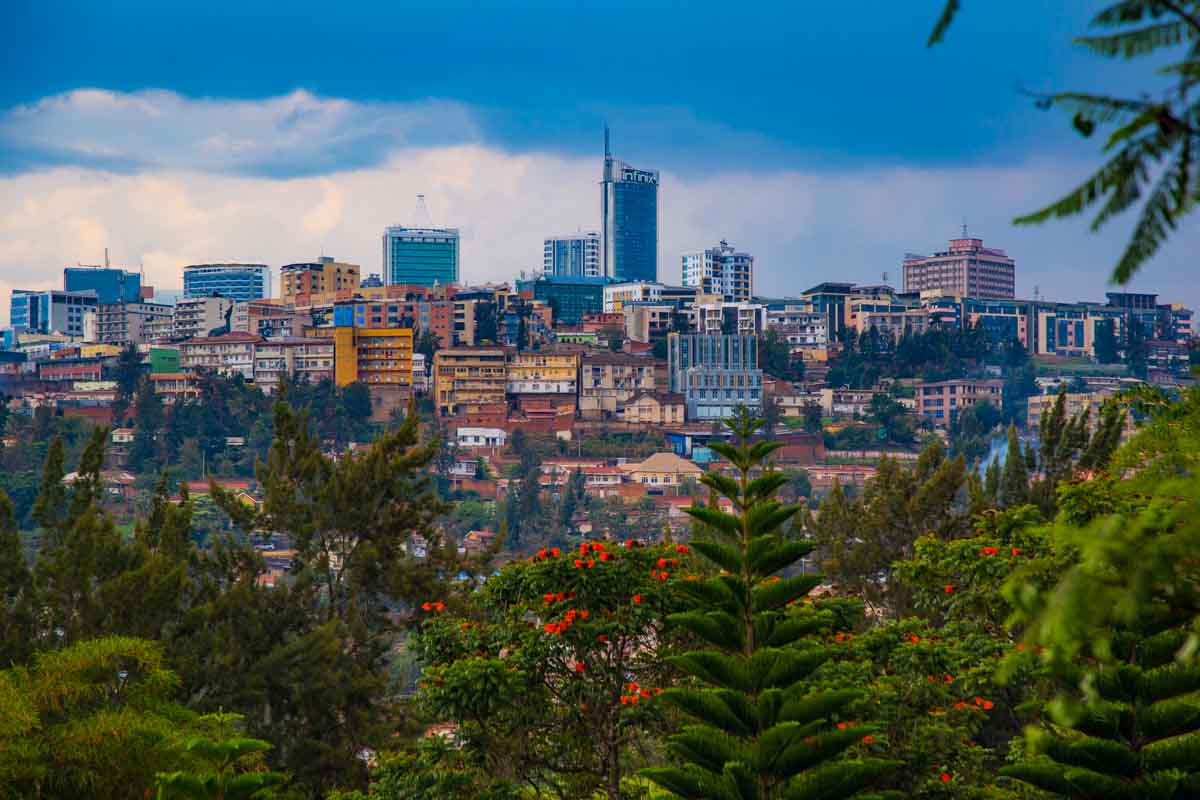
KIGALI HUB
Kigali City became a capital city in 1907 and officially accepted as the country capital city on the 1st July 1962.
Built at the feet of Mt Kigali, Kigali has 720km2 and the largest city in Rwanda with over 1,500,000 people.
Known for its cleanness and safety, Kigali was chosen after Butare, called Astrida.
From a population of around 5640 people in 1962 Kigali has been growing quickly and is now the major political and economic centre of Rwanda.
Situated in the heart of Rwanda Kigali provides a convenient gateway to the country by road or air.
Getting around Kigali City.
To explore the city’s main attractions take the Kigali City Tour, organized by RDB/Tourism office, the city tour is done twice a day, one from 8:00 to 11:30, another from 2pm to 4:3, this guided tour includes the Genocide memorial centre, the Natural history museum, the new and old part of the city, a craft market of your choice/ a local market and it takes you from the colonial times, the history of Kigali from the time it became a capital city, the massacres and genocides against Tutsi, peace and reconciliation, Development and reconstruction of Kigali implementation of the master plan and vision 2020.
The fastest and most popular way to get around town are the thrilling Motorcycle taxis, also known as ‘ motor taxis ‘. It can be a little scary balanced on the back of a motorcycle, but the undeniable advantage is being able to maneuver more easily through traffic.
Avoid motor taxis without valid permits are easily recognized by the numbers on their green helmets and jackets. Also note that wearing a helmet is compulsory and will be provided as part of the service.
Must Reads, Click to see details
- Arts and Handicrafts
- Restaurants and Coffee Shops in Kigali
- Kigali Music and Entertainment
Shopping, Centres and Malls in Kigali City
If you are looking to shop, visit the area covered by KN3,KN6, KN67,AND KN2. Should yoy be looking for a mall experience , head for the biggest mall in Kigali, the Union Trade Centre, situated at the eastern side of KN3. Also reffered to as the Nakumatt Centre, it offers a wide range of imported goods, bakeries, coffee shops and banks.
If you are looking for an African Market Experience then explore Nyabugogo market, which is the largest market in Kigali, Kimironko m arket selling predominantly fresh produce, fabric and household items or watch carpenters at work at the Gakingiro market which sells furniture.
Outdoor Activities in and around Kigali City
Enjoy bird watching at the affluent Nyarutarama lake “Lover’s Lake” in the Nyarutarama Valley at the border of Kigali Golf Course, is most attractive . The lake is surrounded by a track which offers excellent nature walks and bird watching opportunities.
The Nyabarongo Wetlands have remained untouched by tourism, but also offer walking paths and good bird watching. This protected area covers 146.62km2 with two lakes- Lake Mirayi and Lake Rumira.
Practice your swing at Nyarutarama Golf Course ; this challenging course offers an invigorating golf experience over a topographically rich landscape.k an afternoon of pampering at one of the many spas the city has to offer including Maisha Spa at Serena, County Inn Spa and Sals Spa Manor.
Go for a swim at the Milles Collines Hotel. This famous hotel was a refuge during the genocide and also the setting for the famous novel’ Un dimanche a la piscine a Kigali’ by Quebecer Gil Courtemanche, and Hotel Rwanda.
Go mountain biking in or out of town. The fine road network, of dirt track around the city withn little traffic, offers wonderful opportunities for bicycle trips.
Museums and Memorials in Kigali City.
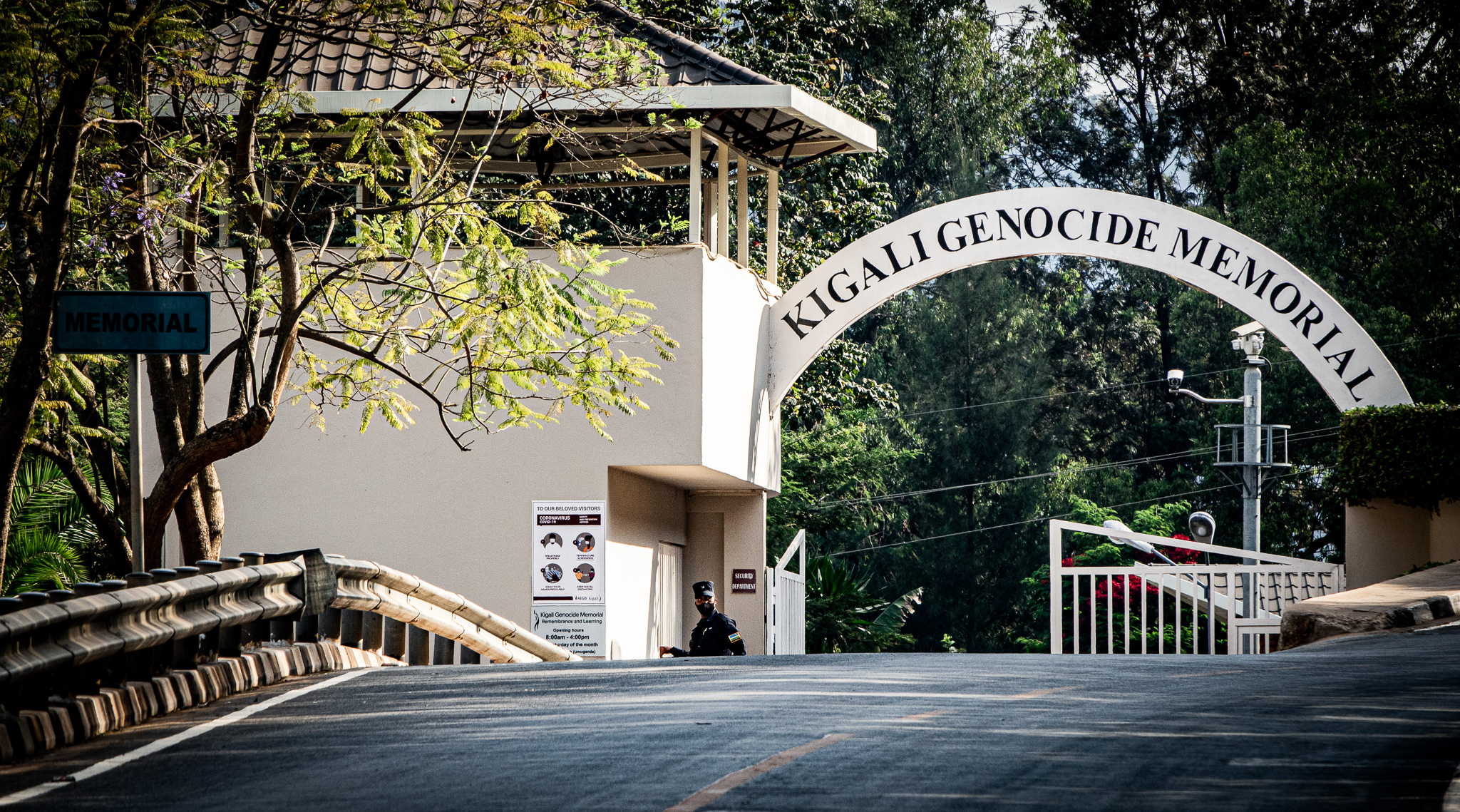
Camp Kigali a memorial site for the 10 Belgian UN Blue Berets killed on the first day of the genocide g=against the Tutsi in 1994. The camp hosts a small museum and a memorial which displays one stone pillar for each soldier with their age marked as lines.
Kigali Memorial Centre, a joint partnership between the Kigali City Council and the Aegis trust, opened in 1998 was inaugurated in April 2004, for the 10th anniversary of the beginning of the genocide against Tutsi . Three permanent exhibitions are on display, the largest of which documents the genocidein Rwanda in 1994. There’s a children’s memorial and an exhibition on the history of genocidal violence around the world. The Centre is built on a site where 259,000 people are buried.
Librarie Ikirize is the first public library in Rwanda and aims to become the ‘sanctuary for knowledge and a forum for the free exchange of ideas’. It also houses the largest selection of books written on the Rwanda Genocide.
Natural History Musseum also known as ‘Kandt House’ is dedicated to Dr. Richard Kandt, a german doctor and explorer who embarked on an exploration of Rwanda in 1897, searching for the source of the Nile. The museum explains the interdependency between living beings and their environment. This museum showcases his work and many other natural wonders of the country.
Nyamata and Ntarama Memorials are the scenes of some of the brutal massacres in Rwanda. Both memorials are located inabout 30km south of Kigali, in the Busegera region. These churches and their contents are a reminder of the violewnce that took place during Rwanda’s1994 Genocide perpetrated against Tutsi.
Nyanza-Kicukiro Memorial and Wall of Memory stands in memory of the lives lost to the 1994 perpetrated against Tutsi at E’cole Technigue Officielle in April 1994. The museum documents the massacre and emphasizes the desertion of the international community. The Garden of Memory is across the road from the Nyanza memorial site. It is a quiet space set in nature offering an opportunity to reflect and remember those who’s lives were lost.
Presidential Palace Museum located 40km from Kigali International Airport. The Residence of former President, Juvenal. Habyarimana(1973-94). This Museum is mainly known for the flight debris which are the remains of the presidential plane that went down on 6 April 1994.
Rebero Memorial- Rebero Memorial stands as tribute to the victims of the genocide perpetrated against Tutsi at ECO Kicukiro. Thousands of the victims of the genocide are buried here including 12 politicians who were killed for standing up to the genocidal government in 1994. The unity and development and democracy. Since the 1994 genocide, these are the very principles that have guided the rebuilding of Rwanda.
Read about
10 Things you Should NOT DO on an African Safari.
What to expect on a safari in Uganda.
Bwindi Impenetrable National Park
How to Choose the Best Tour Operate for Your Safari in Africa
12-Day Gorilla Tracking in Bwindi
Some of our African Safaris
1 Day Jinja Ultimate tour Experience
1 Day White Water Rafting in Jinja
3 Days Bwindi Gorilla Habituation via Rwanda
3 Day Birding Safaris and Photography in Uganda
3 Day Safari to Queen Elizabeth National Park
3 Day fly in Gorilla Trekking Safari from Masai Mara
3 Day Grand Gorilla Trekking Safari
4 Day Chimpanzee and Gorilla Trekking Safari
Recent Posts
Last Minute Deals
Quick booking process
+49 1575 4711313



